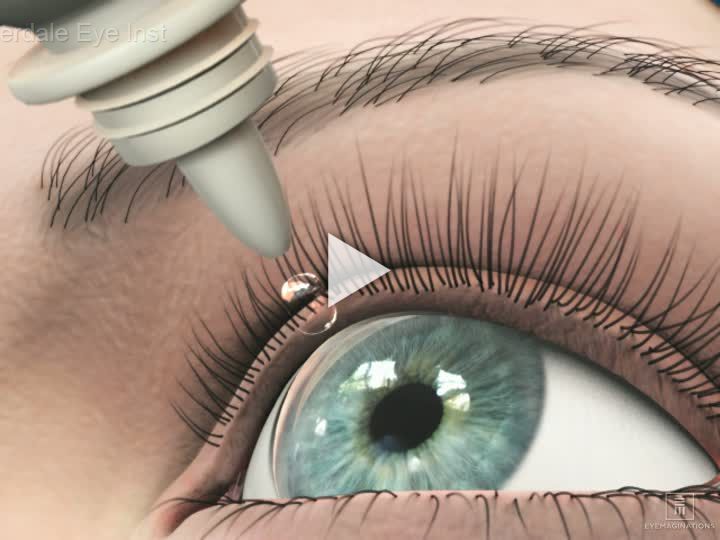Project Description
A small percent of people with glaucoma have a condition known as narrow angle glaucoma. This type of glaucoma can occur slowly and progressively or very quickly, and can only be detected through a comprehensive eye exam. Narrow angle glaucoma usually occurs in far-sighted people, because they tend to have anterior chambers that are smaller than normal.
In cases of narrow angle glaucoma, the iris can bow forward, thinning the angle that normally drains the eye. As the angle becomes smaller, fluid backs up and pressure in the eye, or intra-ocular pressure begins to rise. If narrow angle glaucoma is not diagnosed and treated, it can cause loss of vision. In some cases, narrow angle glaucoma can lead to an emergency condition known as angle closure glaucoma.










